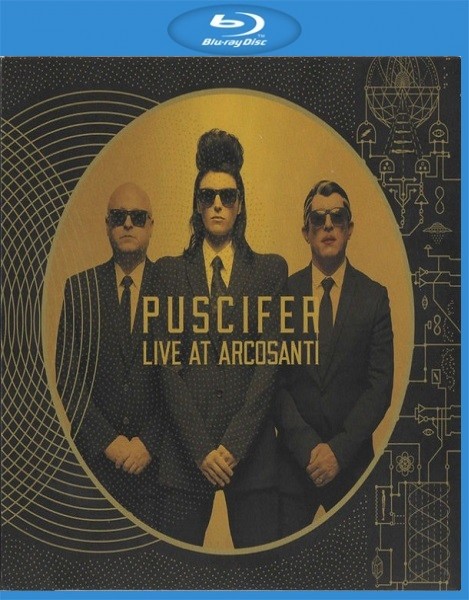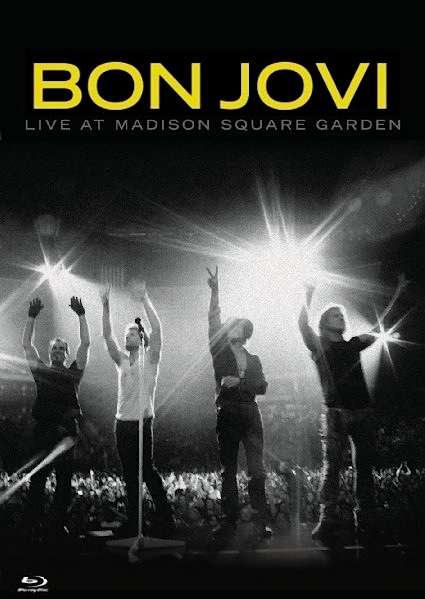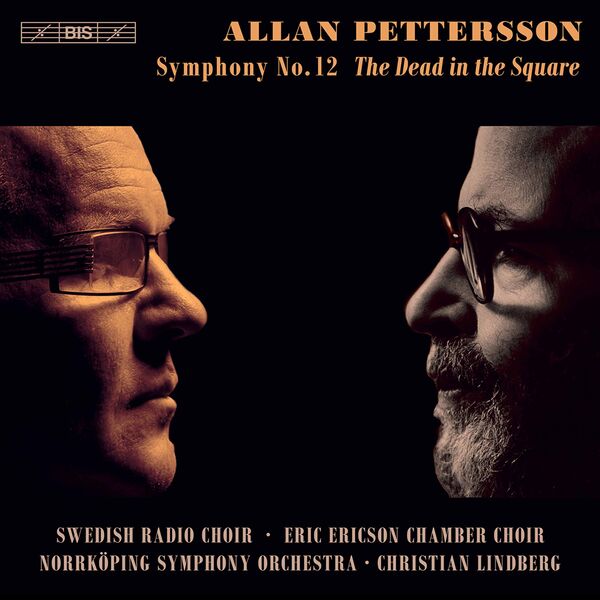
Swedish Radio Choir, Eric Ericson Chamber Choir, Norrköping Symphony Orchestra & Christian Lindberg – Pettersson: Symphony No. 12 “The Dead in the Square” (2021)
FLAC (tracks) 24 bit/96 kHz | Time – 55:40 minutes | 1009 MB | Genre: Classical
Studio Masters, Official Digital Download | Front Cover | © BIS
The Twelfth Symphony forms an exception in Allan Pettersson’s output. When he agreed to compose a work for the 500th anniversary of Uppsala University, it was one of the few commissions that he ever accepted. Having written purely orchestral scores for the past 30 years, he decided to incorporate a choir and a text. Pablo Neruda had received the Nobel Prize in 1971, and acknowledging the poet’s ‘deeply felt compassion for the outcasts of society’, Pettersson selected nine poems from the huge collection Canto general for his new work. As Pettersson was composing the symphony, Neruda died during the tumultuous aftermath of the military coup in Chile on 11 September 1973. The poems deal with an incident in Santiago de Chile in 1946 when six demonstrators were killed by the police during a workers’ manifestation. Pettersson, who came from a working-class background, commented on the subject matter: ‘My heart was, and is, with the poor of Chile, so like the worker in the ‘third world’ in which I grew up.’ Typically Pettersson, the symphony is in one movement. The choral parts are highly demanding – the choir sings almost without interruption, and often very forcefully and in difficult registers. The Swedish Radio Choir and Eric Ericson Chamber Choir, two of Sweden’s finest choirs, have combined their forces for this recording and join the Norrköping Symphony Orchestra and Christian Lindberg on the latest installment in the team’s acclaimed Pettersson cycle.
Read more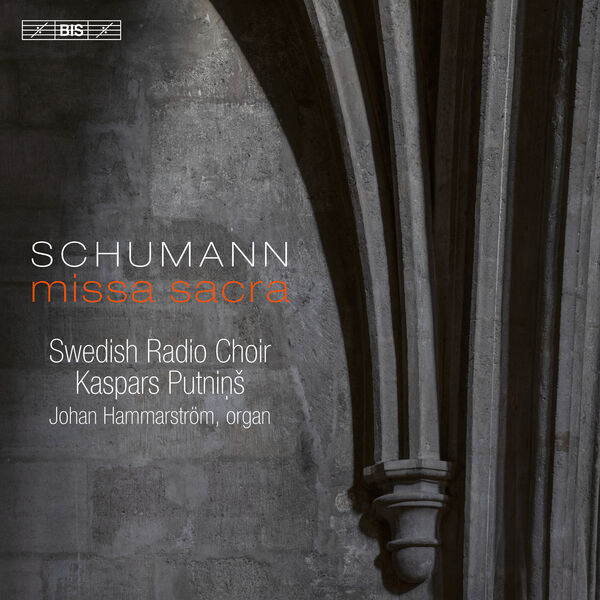
Johan Hammarsrtöm, Swedish Radio Choir & Kaspars Putniņš – Schumann: Missa Sacra (2023)
FLAC (tracks) 24 bit/96 kHz | Time – 58:18 minutes | 971 MB | Genre: Classical
Studio Masters, Official Digital Download | Front Cover | © BIS
Less well known among his works, the Missa sacra, Op. 147, bears witness to Robert Schumann’s late interest in sacred music – and in particular in Catholic church music. The work would have a rather difficult fate: during Schumann’s lifetime, it was neither published nor performed in its entirety. Even after its posthumous première, opinions were lukewarm. Wrongly so: the Missa sacra is a fascinating attempt to update sacred music through a refined post-classical musical language. It was originally conceived for orchestra, but Schumann also made a version for organ, presented here. This version allows great vocal transparency and immediacy, thus contributing to a clearer vision of the work.
Read moreSwedish Radio Choir, Peter Dijkstra – Nordic Sounds : Music of Sven-David Sandstrom (2010) DSF DSD64
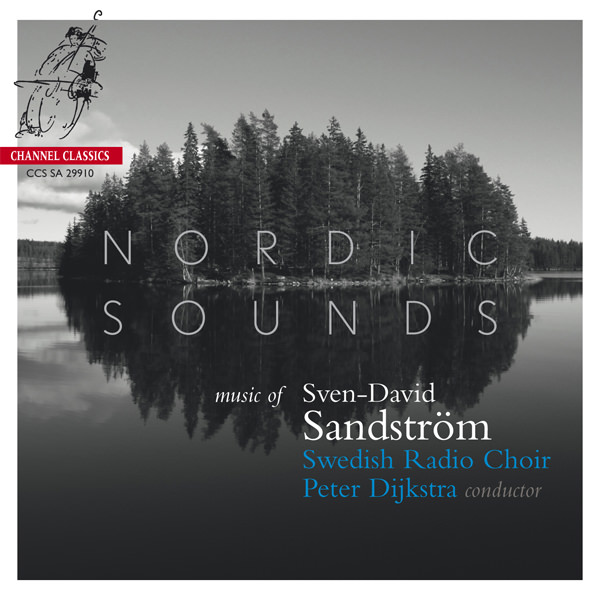
Swedish Radio Choir, Peter Dijkstra – Nordic Sounds : Music of Sven-David Sandstrom (2010)
DSF Stereo DSD64/2.82MHz | Time – 01:10:12 minutes | 2,51 GB | Genre: Classical
Studio Masters, Official Digital Download – Source: nativeDSDmusic | Booklet, Front Cover | © Channel Classics Records B.V.
Sven-David Sandström (1942–) has acknowledged that it was thanks to Ingmar Månsson he began composing for choir. A member of Månsson’s Hägersten Motet Choir outside Stockholm for some twenty years, Sandström was given ample opportunities to have his works performed and was able to study the choral instrument and repertoire from the inside.Starting out in a complex modernist tradition; Sandström’s major works from the 1970s were orchestral compositions, including his breakthrough piece, Through and through(1972), which received great acclaim when performed in Amsterdam in 1974. The work that made him the most recognized Swedish composer was Requiem, Mute the Bereaved Memories Speak(1979), a work of almost two hours in length for soloists, two choirs, large orchestra, and tape, setting the poems of Tobias Berggren. The Requiem deals with humankind’s ability to forget its crimes, especially the murder of children during the Holocaust. Requiem is multifaceted; it contains black romanticism, violent outbursts, sublime sections, grotesque scenes, and banalities that give the work an enormous expressivity.When composing for choir Sandström does not hold back in terms of expression or technical demands. As choral director James Kallembach put it: “Choral singers will showcase a range of expressions when perusing a typical Sandström score for the first time. From uncomfortable giggling to disbelief to downright indignation, most singers cannot help but react to some of the higher-pitched passages.” Indeed, many works are incredibly technically difficult even for professional choirs. But there is more to Sandström’s mode of writing for choir. Kallembach identified eight characteristics of Sandström’s choral writing that make his musical language highly emblematic.
Read more
Swedish Radio Choir, Peter Dijkstra – Nordic Sounds 2 : Sandstrom, Wikander, Jersild, Alfven, Hillborg (2012)
DSF Stereo DSD64/2.82MHz | Time – 01:11:04 minutes | 3 GB | Genre: Classical
Studio Masters, Official Digital Download – Source: nativeDSDmusic | Booklet, Front Cover | © Channel Classics Records B.V.
In the mid-nineteenth century, Europeappeared to be on the verge of a GoldenAge of choral music. There was an astonishingresurgence everywhere of music for men’s andwomen’s voices and for mixed choirs. From asearly as 1810, singing clubs, choral societies andLiedertafel (song-tables) shot up like mushroomsin Berlin, Leipzig, Frankfurt, Cologne andVienna. The best-known was the Liedertafelstarted up in 1808 by Mendelssohn’s teacherCarl Friedrich Zelter, who was leader of thechoral tradition that flourished in the nineteenthcentury has lost none of its strength. Accordingto statistics, no less than ten percent of its ninemillion inhabitants sing in a choir. Värmland,the western province of Sweden, even has areputation for its astronomical number of fivehundred choirs! A large part of the repertoireconsists of old Swedish folk songs, a culturalheritage that came to enjoy renewed and stronginterest in the nineteenth century. Composershave since arranged them for choir, often in anaccessible, neo-Romantic folk-song style and instrophic form. But songs were also adapted in acontemporary style and for all sorts of ensembles.One of the most familiar names in this respect is that of Hugo Alfvén, the foremost Swedish composer of the twentieth century. He becameknown for his furtherance of Swedish choral music and folk songs in Europe, and for his five post-Romantic symphonies and the Swedishrhapsody Midsommarvaka (1904). On the present recording, traditional Swedish folk songs are combined with contemporary choral music.Most of the pieces are Swedish, but Denmark (Jörgen Jersild) and Finland (Jaakko Mäntyjärvi) are also represented.
Read more


